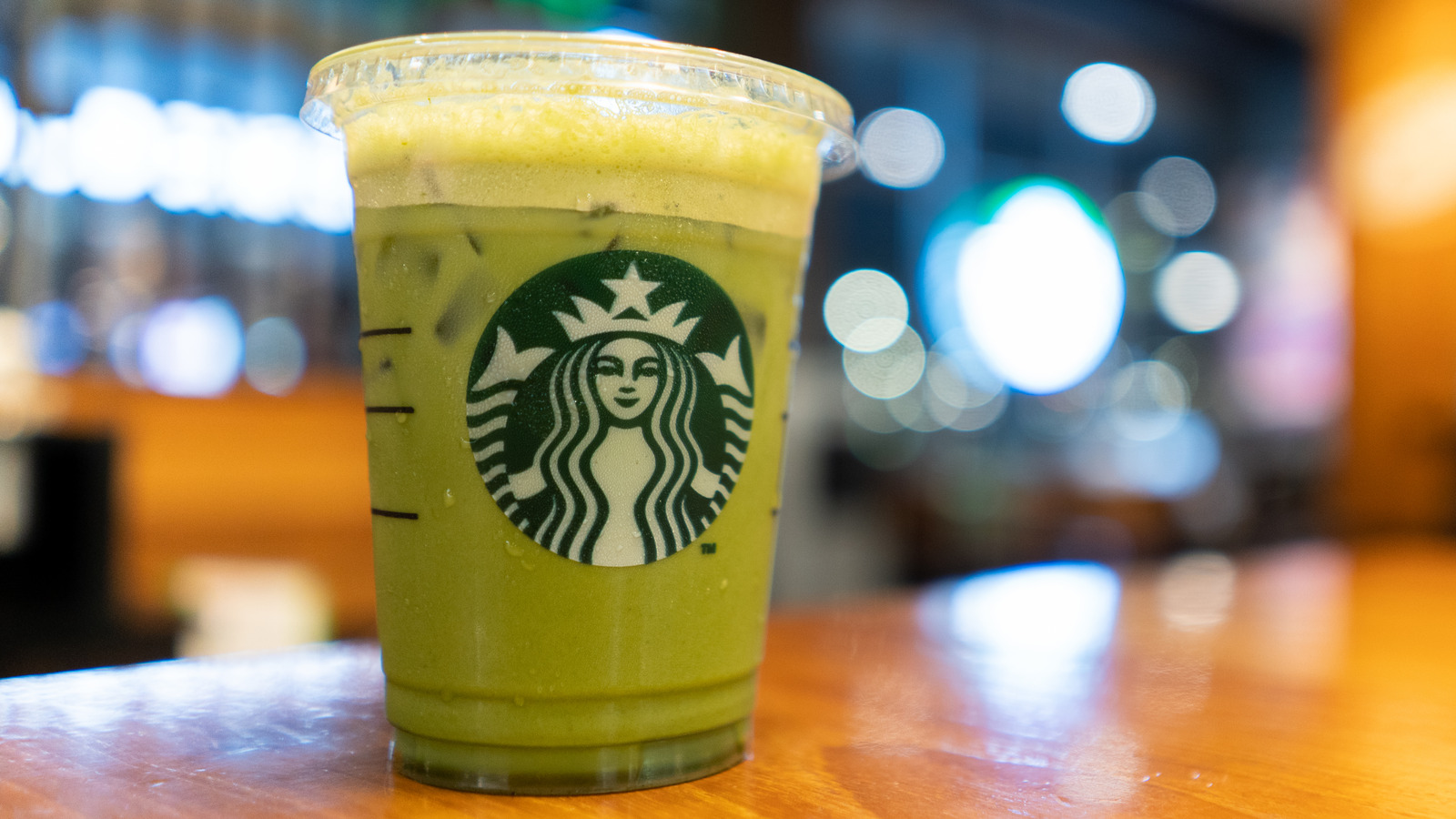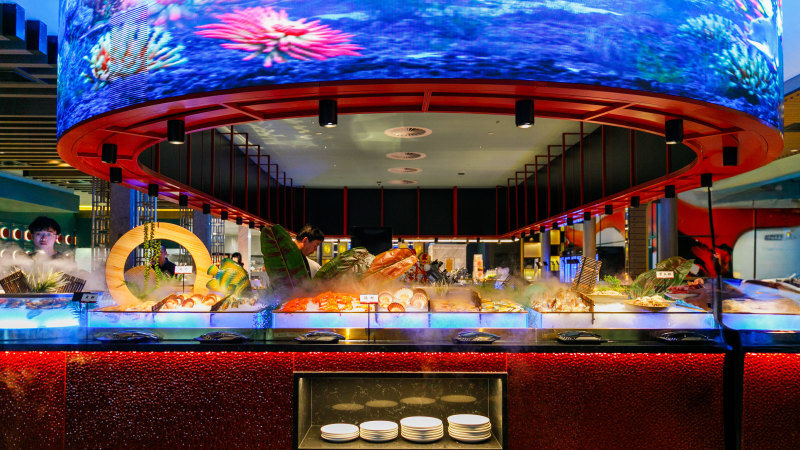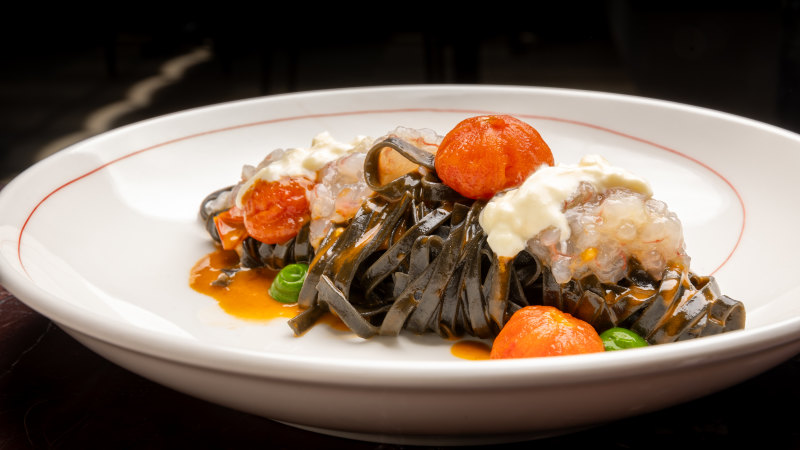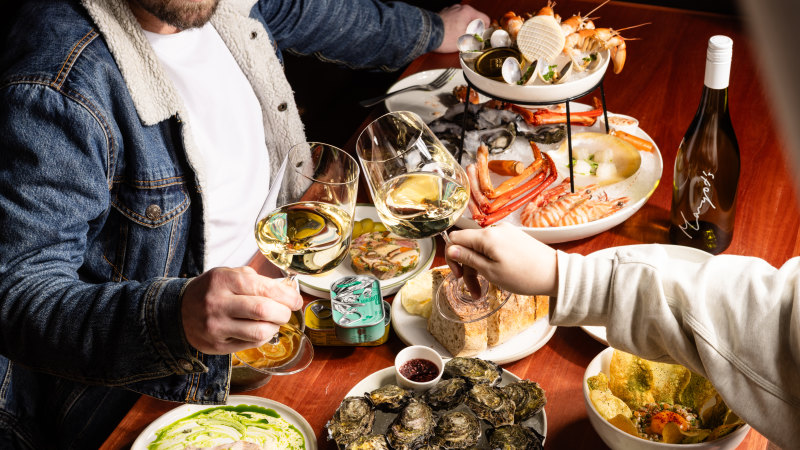If you talk to a Starbucks barista about how to make a matcha latte, they'll tell you that no sweetener is added to the drink. Yet anyone who's ever tasted Starbucks' matcha latte knows it's a sweet beverage. According to the Starbucks website , the reason for this is that the matcha powder used in their lattes already contains sugar.
In fact, sugar is listed as its first ingredient, making up over half of its composition. Matcha tea, in its pure form, has no sugar. The flavor of matcha may be an acquired taste for some.
It's somewhat grassy-tasting and slightly bitter. For the hardcore tea aficionado, matcha, as it's intended to be served, differs significantly from Starbucks' offering. Matcha is a traditional Japanese powdered tea first enjoyed by Buddhist monks in the 1100s.
While matcha is considered a green tea, it's different from other green teas . There are several differences between the two types of tea, including their taste, color, and how they're grown. Quality matters when it comes to matcha There's a scientific reason matcha has such a vibrant green color.
The tea plants used for matcha are cultivated in the shade for the last part of the growing cycle before harvesting. This slows the plant's growth and allows the chlorophyll inside the leaves to build up. The more chlorophyll, the more vivid the color.
There are differences even among matchas . The lower-grade culinary matcha — the kind most likely used in the Starbucks powder — will do if you plan on usi.

















